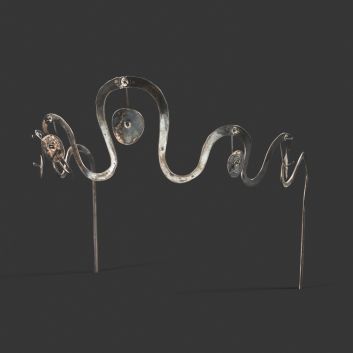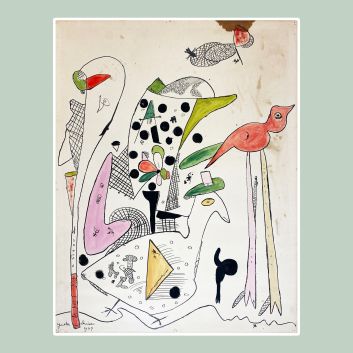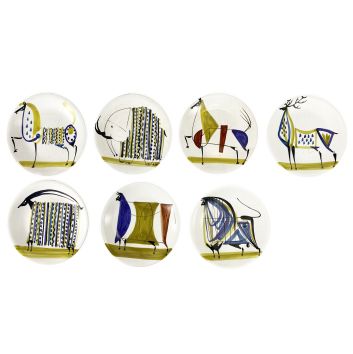Rating and value of paintings, jewelry, mobiles by Alexander Calder
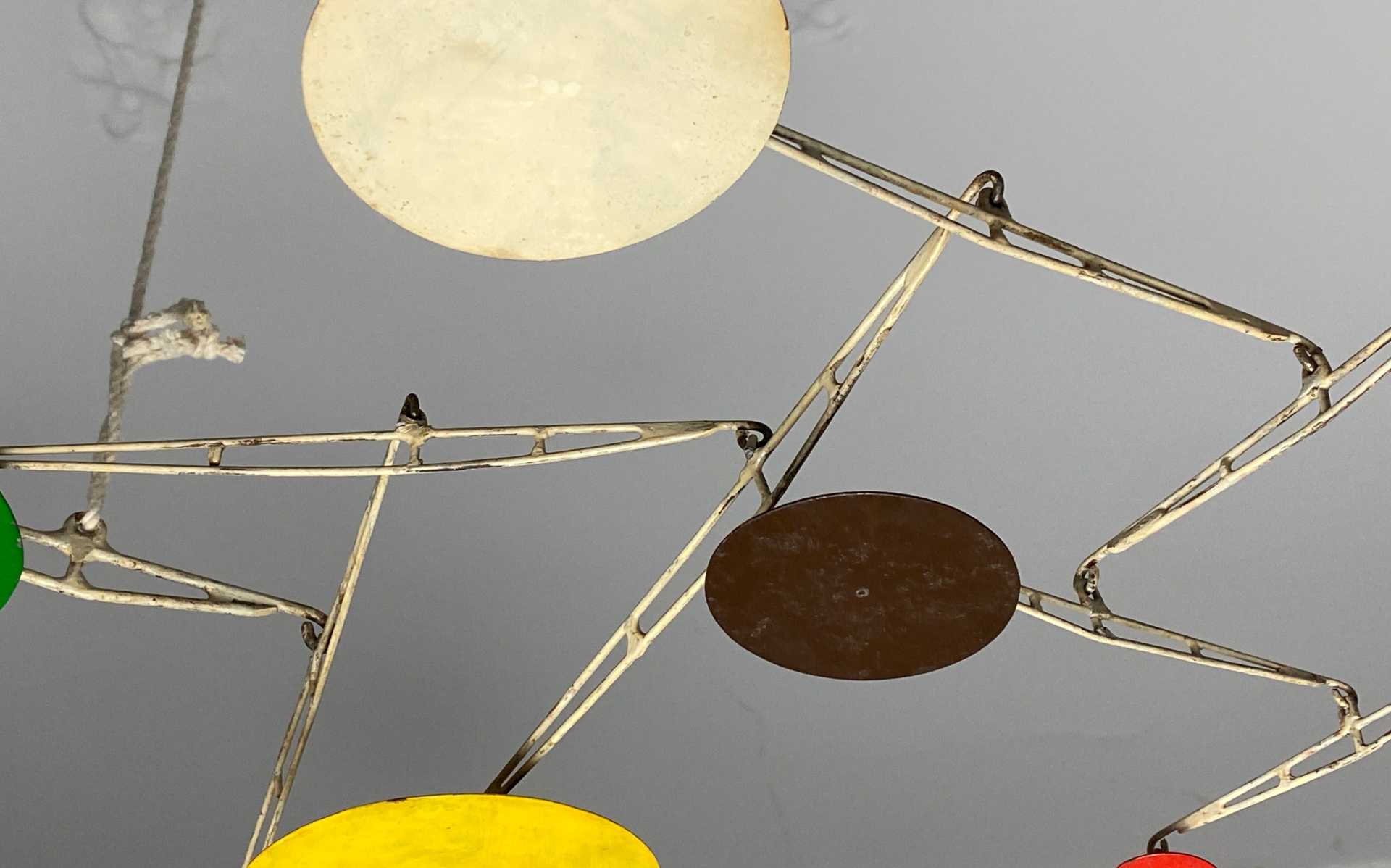
Alexander Calder (1898-1976) is an American artist who is highly regarded on today's auction market. His extraordinary career testifies to his genius and the scope of his production. The artist's current market value bears witness to the infatuation his works arouse among collectors, defying time and trends.
If you own a work by or based on the work of the artist Alexander Calder and would like to know its value, our state-approved experts and auctioneers can help you. Our specialists will carry out a free appraisal of your work, and provide you with a precise estimate of its value on the current market. Then, if you wish to sell your work of art, we will guide you towards the best possible means of obtaining the best possible price.
Artist's rating and value
The success and renown of his works have established Alexander Calder as a major player on the art market since his lifetime. In recent years, the artist's market value has continued to rise. Calder's most sought-after works are his paintings, mobiles and volume sculptures (including jewelry), which are very popular on the French and American markets. A work by Calder can fetch millions of euros, as demonstrated by his 1957 mobile Poisson volant, which sold for €16,714,100 at Christie's in 2014.
Order of value from the most basic to the most prestigious
Technique used / Type of work | Results |
|---|---|
Print - multiple | From €10 to €40,660 |
Drawing - watercolor | From €320 to €301,390 |
Paint | From €490 to €2,373,750 |
Response in less than 24h
The artist's creations and style
Throughout his career, Calder's artistic output was prolific and varied. His works stand out for their innovative use of all types of metal, including brass and bronze. He meticulously researched the structure of his sculptures and paintings in order to achieve balance. His ingenuity is also evident in his pictorial compositions, where every detail is calculated.
His work and his style are quite distinct in the history of the 20th century, although they are part of the kinetic art movement, which consists in producing works in motion or giving the impression of motion.
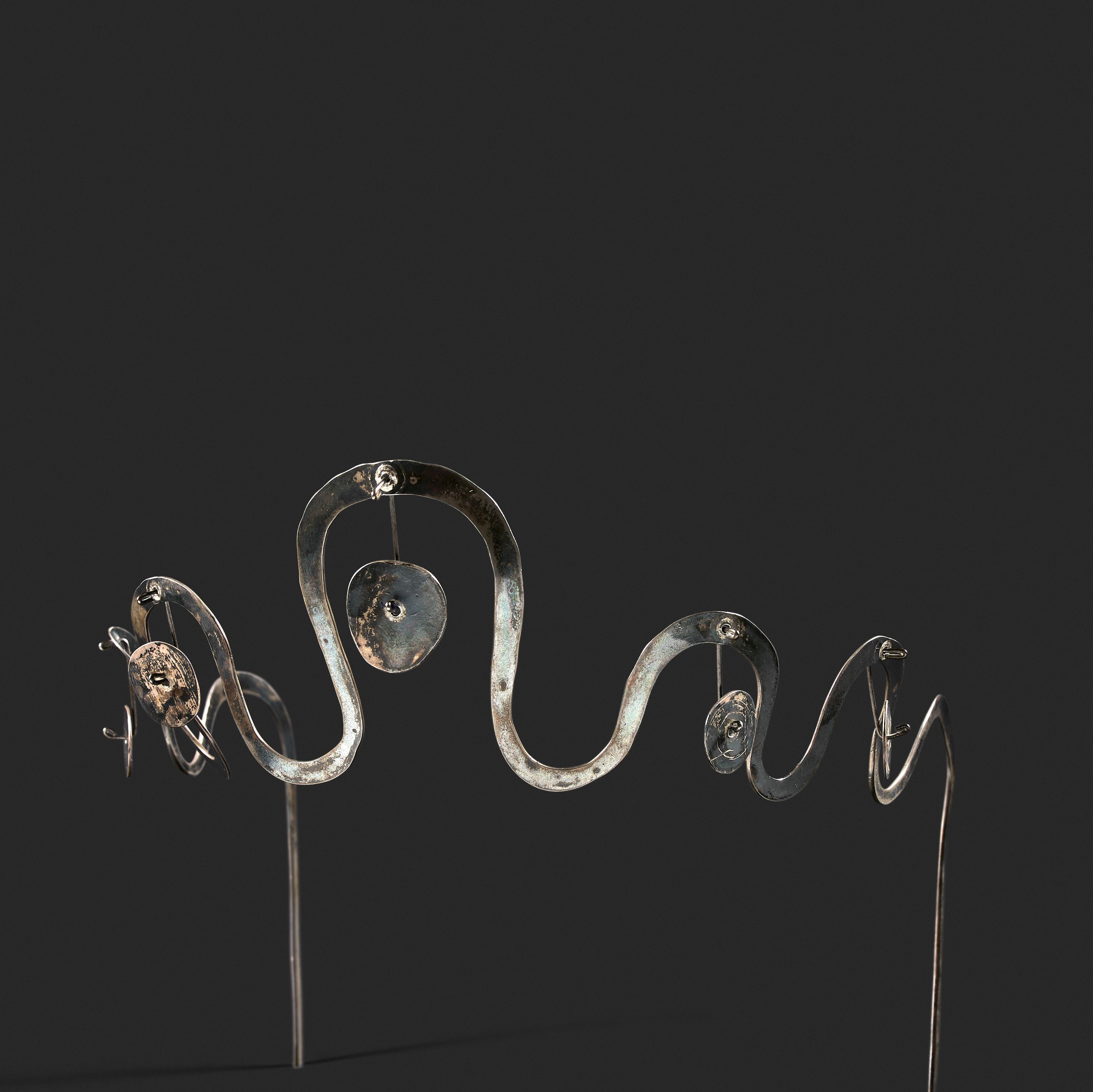
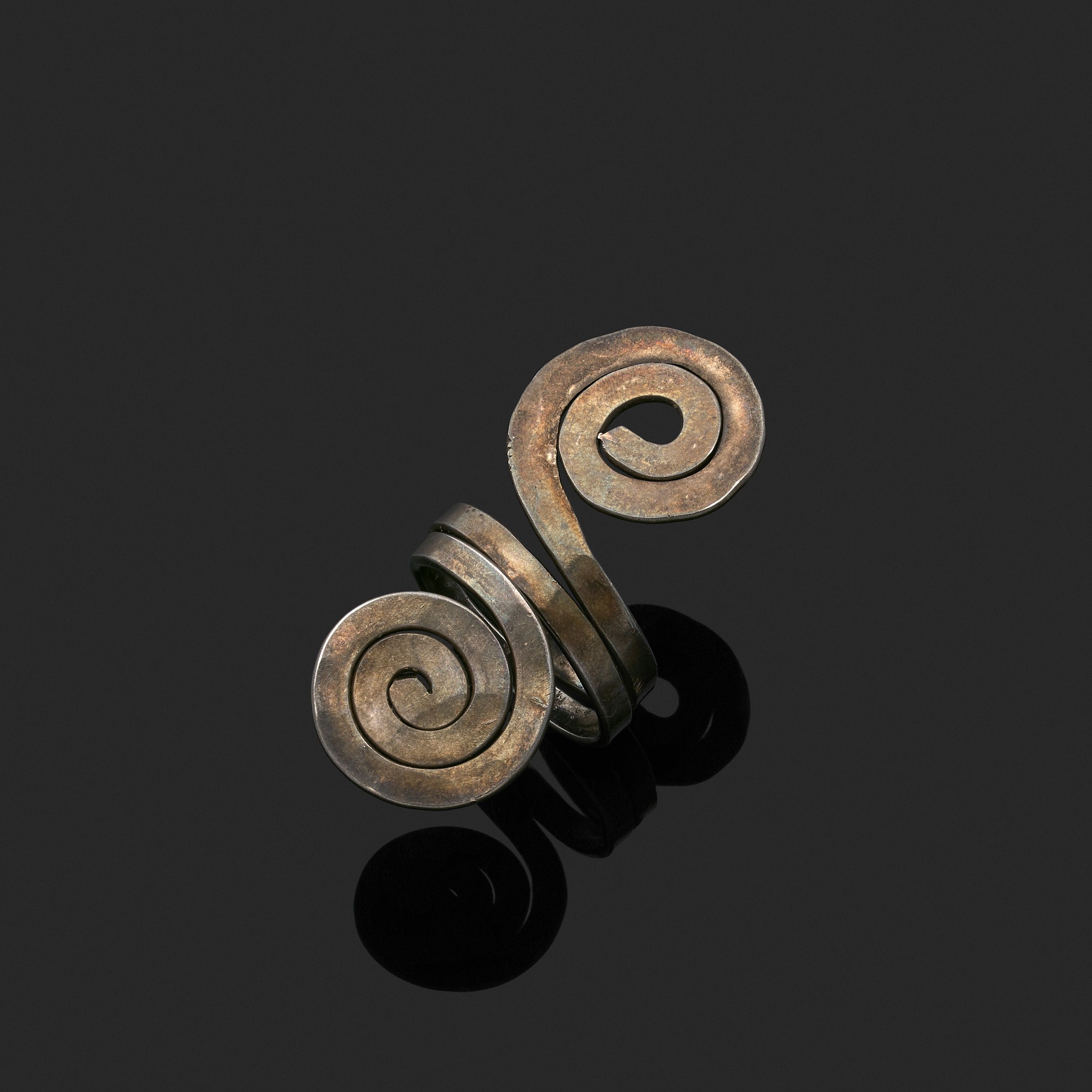
Alexander Calder, his life and work
Alexander "Sandy" Calder was an American artist born in Pennsylvania in 1898, into a family of already talented and renowned artists. His mother, Nadette Lederer Calder, was a painter and his father, Alexander Stirling Calder, a sculptor. His grandfather was also an artist, so he was brought up in the art world and developed a certain singularity and stylistic identity as an artist from an early age.
He graduated in mechanical engineering from the Stevens Institute of Technology. In 1923, he entered the Art Students Legaue of New-York, to complete his artistic training. He had been producing art since he was a child, using his father's equipment, and eventually never stopped. Arriving in Paris in 1926, the following year he presented a series of toys he had created at the Salon des humoristes.
His passion for the circus led him to create an absolutely considerable sculptural work from 1929 onwards, Calder's Circus, in which he created and sculpted miniature inlaid automata. It was a performance in the true sense of the word, and he exhibited it all over Europe - the whole thing lasting around two hours. In Paris, he rubbed shoulders with Joan Miro, Jean Cocteau, Robert Desnos and Le Corbusier.
In some of his works, we can discern a strong stylistic proximity to Miro, in the treatment of shapes and the choice of colors. In the latter parameter, he also takes on Mondrian, borrowing the same color palette.
He began production of his Mobiles in 1932, named by Marcel Duchamp. He fled to the United States during the Second World War, along with other artists such as Chagall, to continue producing in peace. He won several awards, including the Grand Prix at the Venice Biennale.
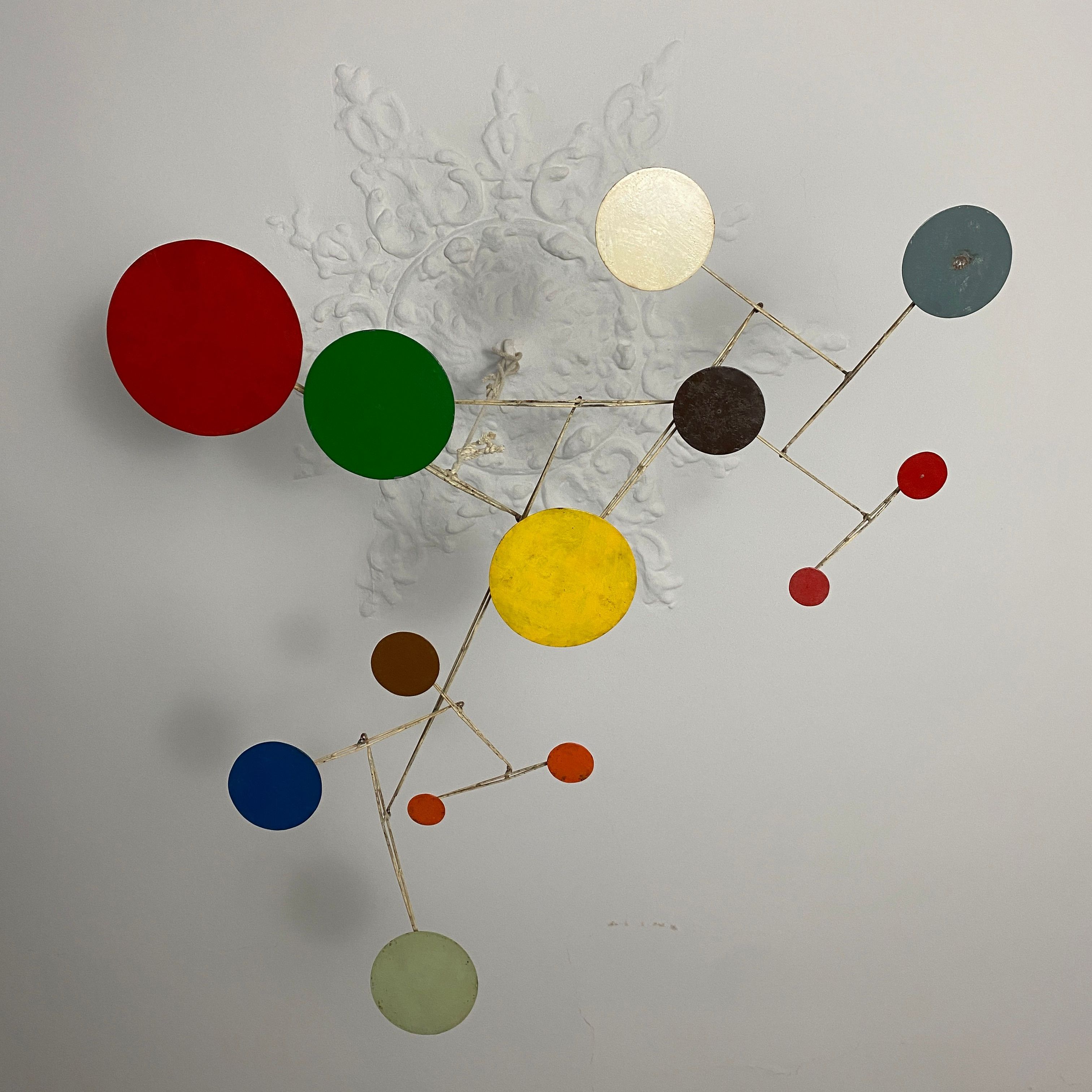
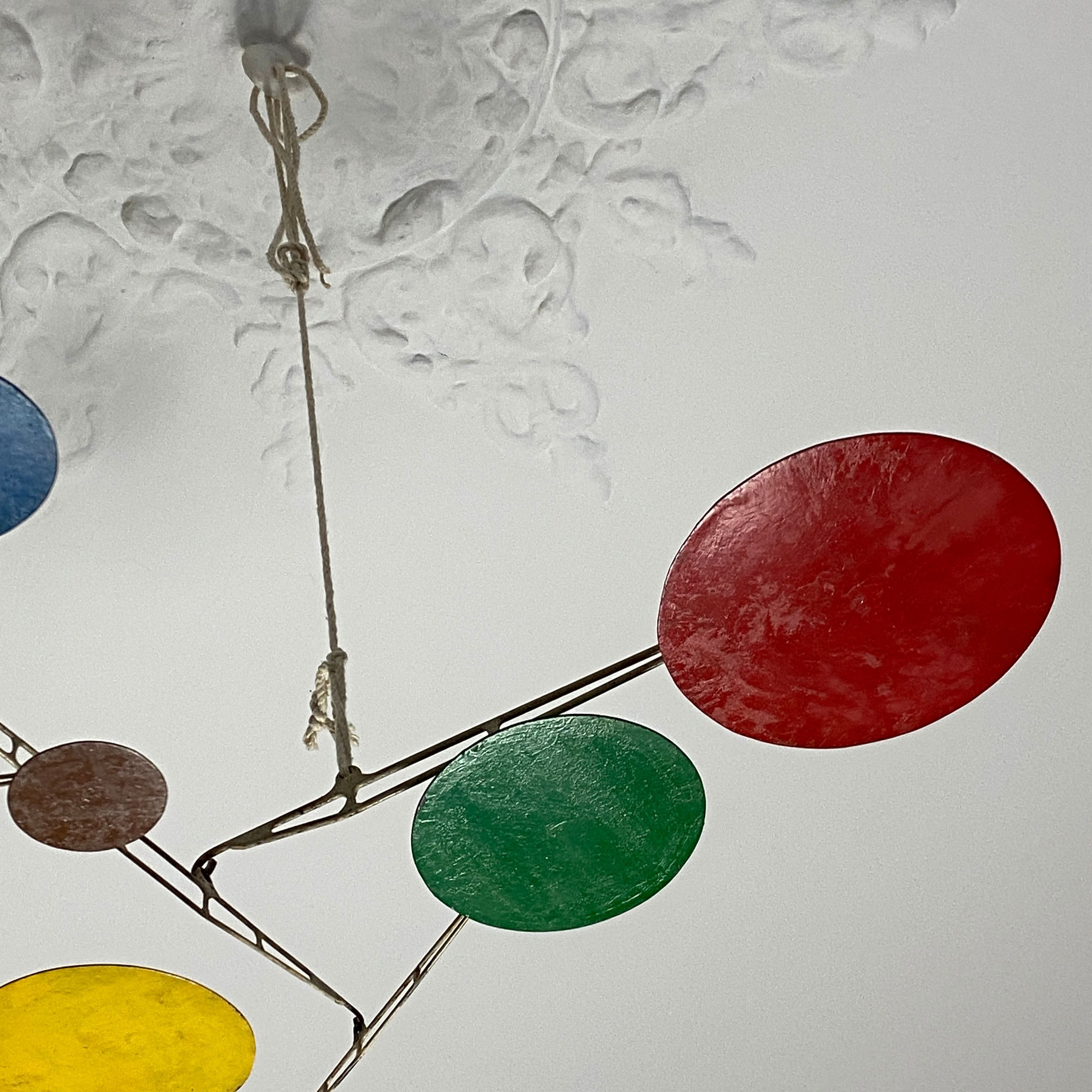
Alexander Calder's legacy
Alexander Calder is an artist who has inevitably left his mark on the twentieth century, with his absolutely gigantic output and ever-greater, unexpected innovation. Today, his value on the auction market continues to grow, making him a particularly sought-after artist.
His signature
Not all Alexander Calder's works are signed.
Although there are variations, here is a first example of its signature:
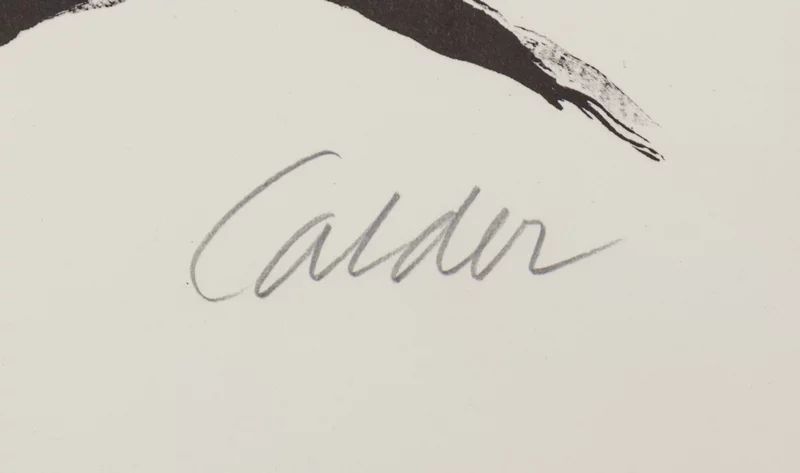
Appraising your property
If you own a work by Alexander Calder, don't hesitate to request a free appraisal by filling in our online form. A member of our team of experts and certified auctioneers will contact you to provide an estimate of the market value of your Dunand work.
If you're thinking of selling your work, our specialists will also guide you through the various alternatives available to obtain the best possible price, taking into account market trends and the specific features of each item.
Response in less than 24h
Related topics

Rating and value of works, prints and paintings by Jacques V...
Jacques Villon is a Cubist artist of the 20th century who produced prints and paintings quoted on the auction market. Estimated in 24h.
Read more >
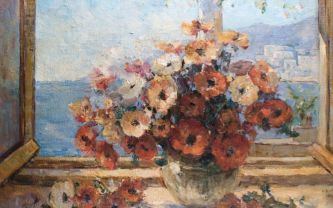
Rating and value of paintings by Georges L...
Georges Lapchine is a twentieth-century Russian painter who produced Russian Impressionist canvases that were highly successful at auction.
Read more >
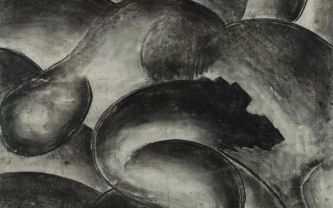
Rating and value of paintings by Auguste M...
Auguste Mambour is a Belgian Expressionist painter who produced works that are highly valued at auction. 24h estimate.
Read more >
Secure site, anonymity preserved
State-approved auctioneer and expert
Free, certified estimates

